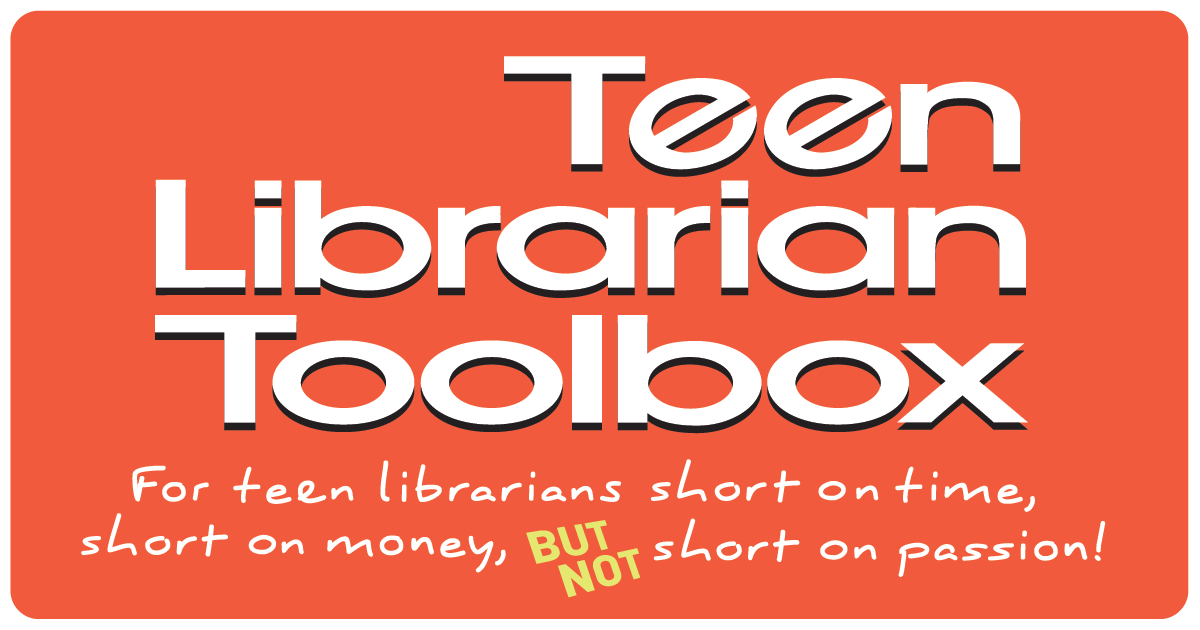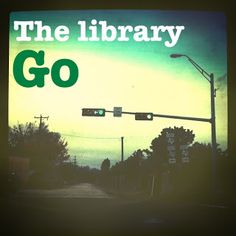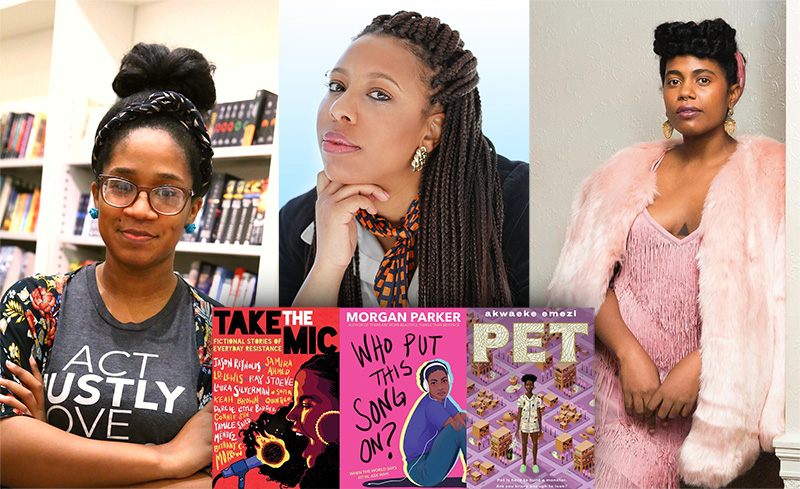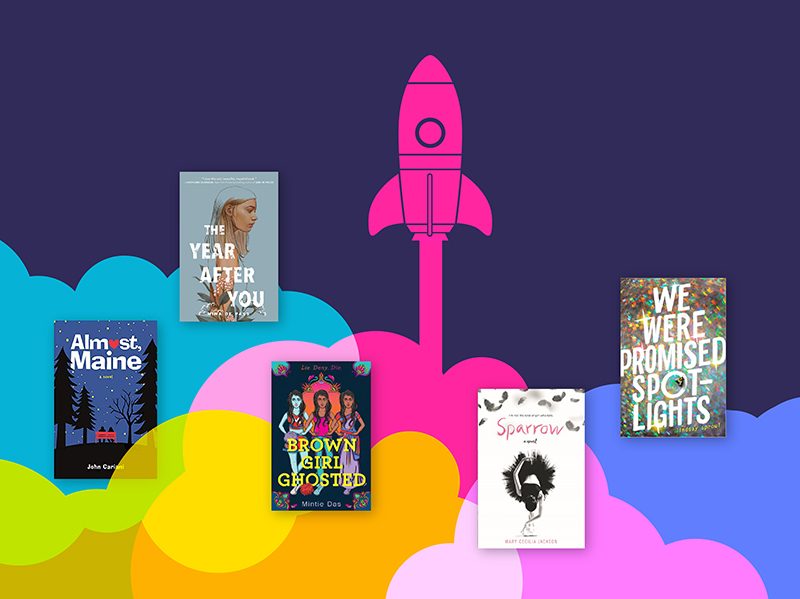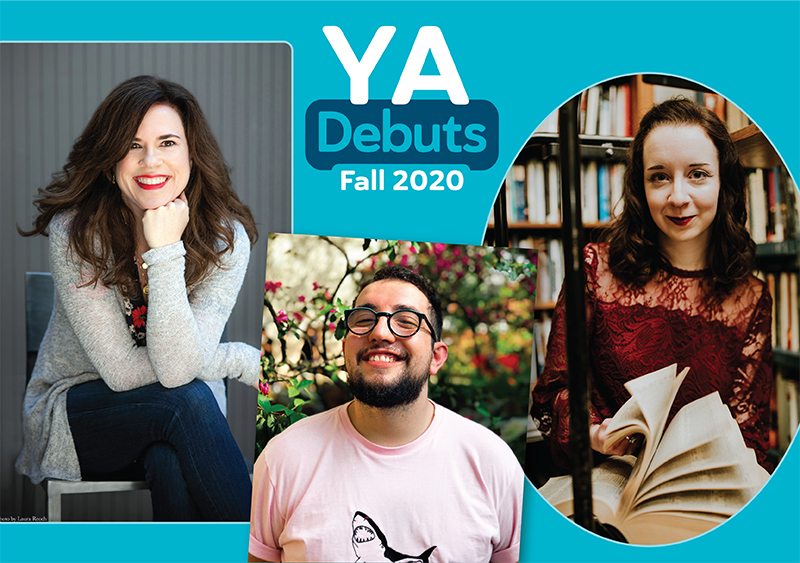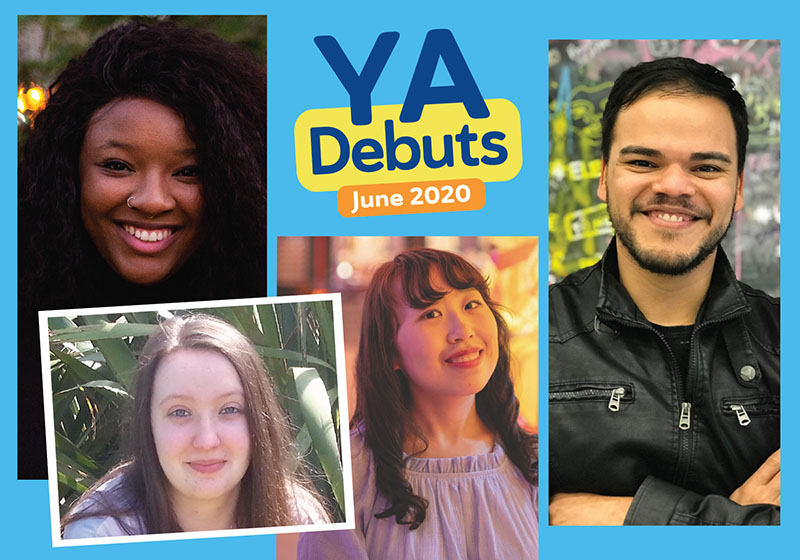So, You’ve Just Tweeted That Nobody Uses Public Libraries Anymore . . .
Hi There,
So, you have just tweeted that nobody uses public libraries anymore and we don’t need to fund them, but I’m going to stop you right there.
First of all, I’m going to assume that what you really mean is that you don’t use your public library anymore so because you don’t, you assume that nobody else does. Either that, or you really look down on the type of people who do use public libraries, which is an issue in and of itself because there is not one just type of public library user. Both of us are doing a lot of assuming here, and you know what they say happens when you assume. But the facts are, people do in fact use their public libraries, so I’m not sure why you are stating it as a fact that they don’t. But because I’m a librarian and I believe in facts, not just broad generalized statements, let’s discuss this further.
To begin with, I want to acknowledge that not all public libraries are created equal and there is a chance that your local public library isn’t widely used. This could be for a lot of reasons. One, some smaller communities have underfunded, under developed and under staffed libraries. A small town rural library often doesn’t have the same type of resources as say a branch of the Columbus Metropolitan Library and it does no one any favors to compare apples to oranges. So your experience with your public library is not a universal experience. No two libraries are the same and no two library users are the same.
ADVERTISEMENT
ADVERTISEMENT
Second, if you’re argument is no one uses public libraries anymore because of technology, you are either speaking from a place of privilege or with a gross misunderstanding of what all is available via technology. In the first instance, it is important to note that not every person has the same access to technology, and a lot of this has to do with finances. Technology and the access to it requires money, and in a country where 1 in 5 children goes to bed hungry, it is important for us to acknowledge that the digital divide (or digital gap) is very real. So no, not everyone has equal access to technology.
10 Reasons Why the Internet Is No Substitute for a Library
Digital Divide | Pew Research Center
Digital Divide: The Technology Gap between the Rich and Poor
It’s also a mistake to believe that because of the Internet all information is available at our fingertips with just the click of a button. The truth is, something is only available online if it has been uploaded and made available on line. Historical data, for example, is not as readily available as current data. Not every book, resource, etc. is available with just the click of a button. A lot of the data is only available behind a paywall, which brings us once again to finances. So while there is a lot of information available to us via technology, it is important for us to recognize that the whole of human knowledge is not readily accessible via the Internet. It is a tool, an important and a good one, but it isn’t the only one and it’s important that we keep it in perspective.
No, Not Everything is on the Internet
Why Everything Isn’t Available Online and Free – Cornell University
I’m also going to assume that your lack of support for public libraries either means that you are not a big recreational reader or that you have the means to purchase whatever book you want, whenever you want. I realize that I am again making some huge assumptions, but hear me out. It is recommended that children read around 1,000 books before the begin Kindergarten in order to have the brain development and access to vocabulary that they need. These books will usually be picture books, which cost on average let’s say $15.00 a book to make the math easy. This means a family trying to reach this goal would need to spend $15,000 on picture books before their child started Kindergarten. It also means they would have access to a book store, transportation to get to a book store or the financial means and a credit card to buy the books online. Granted, most kids are going to read some of the same books over and over again, so let’s cut that number in half; that’s still $7,500 dollars in books in the first 5 years of your child’s life. Plus there is the nonfiction they will need to do school reports, the books they’ll need throughout 12 years of primary and secondary school, and then whatever they books they may need to successfully get a college degree. And this is just for kids, it doesn’t even cover adults trying to fix their cars, trying new recipes, trying to figure out how to garden, or just plain reading for pleasure. Most people don’t have the individual financial means it would take to create a personal library that matches that of a public library.
Public Libraries Help People Save Money
How Americans Value Public Libraries in Their Communities
How public libraries help build healthy communities
So to be clear, public libraries have great community value. They provide for the educational and recreational needs of a community. They uplift the intelligence of a community, they support democracy, and more. Plus, a good public library will provide a variety of programming that brings members of the community together in additional fun and educational ways. There are storytimes, after school programs, teen programs, music programs, lectures and more. These types of programs help keep our youth engaged and off the streets while providing adults with a chance to get together to learn from and support one another.
So public libraries have intrinsic community value, but does anyone still use their local public library? According to current research, the answer is an overwhelming yes. Most librarians could get on here and give you anecdotal data from their own libraries, including circulation statistics and yearly visitors numbers. I can tell you that just teen circulation at the library that I work in went up around 5% last year. We can give you data about how many people use our public computers, visit our storytimes, or walk into our makerspaces. For a broader picture, you can access a variety of readily available data sources:
Explore Public Libraries Survey (PLS) Data | Institute of Museum and Library Science
Public Library Use | Tools, Publications & Resources
The 2017 Public Library Data Service Report
Pew Report on Library Usage
It’s interesting to note that Millenials, accused of killing diamonds, chain restaurants, and whatever else, are actually among the highest public library users.
Public library use in U.S. highest among Millennials | Pew Research
Also, your state library will probably have state specific data available for you. For example, you can find the data for Ohio here:
Ohio Public Library Statistics – State Library of Ohio
However, even this data is suspect because if anything, public libraries tend to both under count data and use ineffective measuring tools. For example, one of our biggest means of evaluating use is through circulation statistics. This means we do an electronic count of items checked out of the library. These figures do not, however, count for all the items that people come in and look up the answer to a question in and then place back on the shelves. They don’t count the teens that come in and sit in the corner and read a pile of graphic novels and then stick them back on the shelf. They don’t count all the newspapers and magazines that get used in house. It is, as a measuring tool, a pretty fairly inaccurate one because there is a lot of material use that it doesn’t count.
ADVERTISEMENT
ADVERTISEMENT
We also try to count for the number of people who walk in our doors, but this number doesn’t tell us about things like, how many questions they asked, how long it took us to successfully answer those questions, and what level of service we provided for them. So again, it’s a data point but it doesn’t tell the entire story.
Many libraries will work on building more complex pictures of who is using their local public library and why, but this information is hard to collect and even harder to convey in a way that easily transmits to a society that wants quick facts and figures. It doesn’t tell you the story of the teens who come in after school and learn to use technology that they have no other way to learn about because they lack access to it. It doesn’t tell you about the woman who researched how to find out if her family survived hurricane Katrina. It doesn’t tell you about the numerous men and women who were able to apply for and find employment when they were barely surviving and could not afford the technology to do it at home. It doesn’t tell you about the elderly couple who came to every single brown bag chat so that they could learn, grow, stay engaged and not sit at home alone. It doesn’t tell you about all those kids who were able to read 1,000 books before Kindergarten and got that head start on their education. Facts and figures don’t tell you anything about the impact that public libraries have on individuals and local communities.
You could also read the testimony of others who responded the last time someone said nobody uses libraries anymore:
People on Twitter drag reporter who claims nobody goes to libraries
Dispelling Some Myths about Public Libraries, One Tweet at a Time (TLT)
But what I highly recommend is that, before you make a universal declaration, you take some time to visit your local public library. Visit in on a variety of different days at a variety of different times. Really look around and see what all your library has to offer, how it helps the people in your community, and how they respond to it. And if you have concerns about your local public library, instead of simply declaring that no one uses libraries anymore, maybe take some time to express your concerns to the people who run your local public library. Maybe you can help them lobby for better funding, maybe you could donate your time and expertise for a program, or maybe you can help them spread the word because marketing is, in fact, a huge challenge for a lot of libraries.
Return on Investment for Public Libraries – Library Research Service
But even if you don’t use your public library because you personally don’t need to or don’t desire to, please know that many of the people in your community do and it helps make their lives and thus your community better overall, with a high return on a very small investment. Supporting public libraries is a win-win situation for everyone.
Filed under: Sunday Reflections
About Karen Jensen, MLS
Karen Jensen has been a Teen Services Librarian for almost 30 years. She created TLT in 2011 and is the co-editor of The Whole Library Handbook: Teen Services with Heather Booth (ALA Editions, 2014).
ADVERTISEMENT
ADVERTISEMENT
SLJ Blog Network
Our 2025 Mock Caldecott Program
And, Too, the Fox: A Cover Reveal and Conversation with US Poet Laureate, Ada Limón
The Girl in the Midnight Gown | This Week’s Comics
The Seven Bills That Will Safeguard the Future of School Librarianship
Gayle Forman Visits The Yarn!
ADVERTISEMENT

